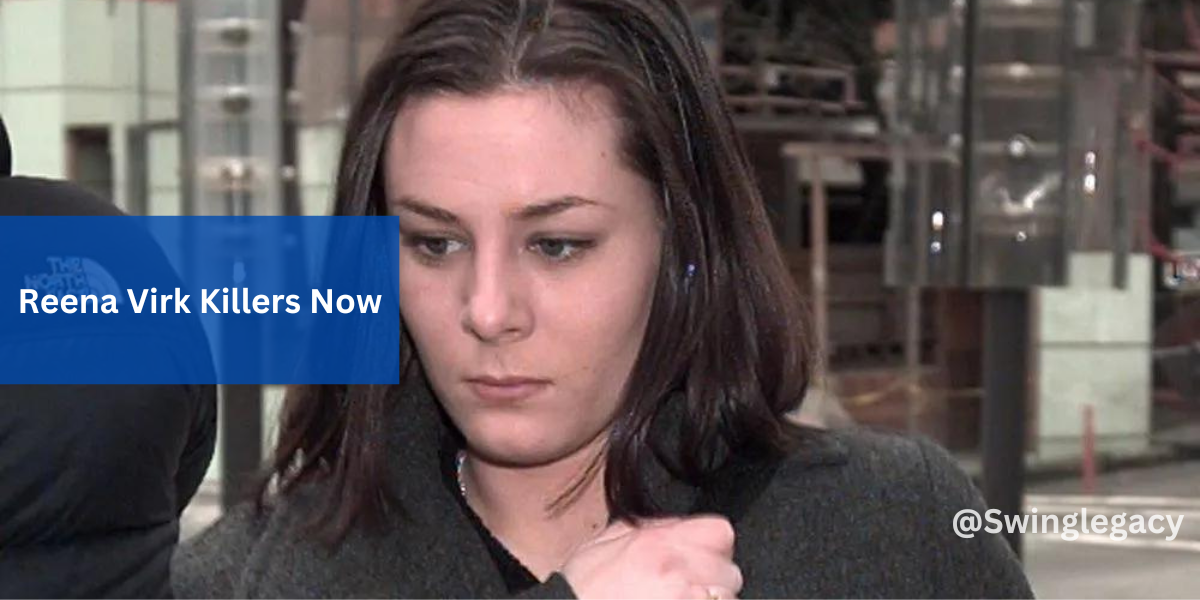[ad_1]
In November 1997, the gruesome and violent murder of 14-year-old Reina Virk stunned Canada and the rest of the world. The incident began under the Craigflower Bridge near Victoria, British Columbia, when teenagers attacked Virk. Six girls, later called the “Shoreline Six”, were later nicknamed “Shoreline Six”, and were involved in the first attack, which involved indecent acts like burning cigarettes on Virk’s forehead. When she was able to escape the initial assault, her two peers, Warren Glowatski and Kelly Ellard, pursued her along the Gorge Waterway, where they continued the assault, which resulted in her drowning.
Who was convicted of Virk’s murder?
The legal consequences for those affected varied greatly. For example, the “Shoreline Six” received various sentences for aggravated assault. But the trial was more serious in the case of Warren Glowatski and Kelly Ellard since they were both convicted as adults and found guilty of second-degree murder. The trials of their respective defendants painted a terrifying picture of teen-on-teen violence and the harsh consequences that resulted.
How did Glowatski react to his conviction?
Warren Glowatski, who was only 16 at the time of his murder, was sentenced to life in prison and seven years of parole. While incarcerated, Glowatski became significantly involved in the restorative justice program. Glowatski discovered his Métis family roots, partnered with Indigenous elders and adopted traditional methods to take responsibility for his conduct. His path to redemption was marked by an incredible event in 2006, when he sat with his parents in a healing session, sharing his regrets, and then receiving their kind acceptance.
What does Glowatski’s parole tell us?
Glowatski was granted temporary unsupervised licenses in 2006 before being granted full parole in 2010. At his parole hearing, Glowatski expressed deep regret for his past actions. He reflected on the self-pity he felt and the outward display of his violence during that tragic night. The parole hearing and release depended on his determination to continue on the path of progress, which highlighted the possibilities of making positive change in his life, even while making serious mistakes.
What can society learn from this affair?
The Reina Virk essay remains an important lesson for us about the impact of adolescent aggression on peer pressure and the possibility of rehabilitation. The case prompts an examination of society’s treatment of juvenile delinquency and its impact on the function of restorative justice and the ability to forgive. Education on these issues could be crucial to preventing such tragic events from happening again in the future.
Is there a place for restorative justice in modern legal systems?
The concept of restorative justice played an important role in Glowatski’s rehabilitation as well as his reconciliation with his family. The approach, focused on rehabilitating offenders through conciliation with victims as well as the wider community, offers a powerful alternative to traditional methods of punishment. Glowatski’s experience illustrates how restorative justice could enable true repentance and integration for criminals.
What are the long-term impacts on the victims’ families?
The immense grief of Reina Virk’s parents was felt, but their involvement in the restorative justice processes as well as their final step towards forgiveness demonstrate an astonishing experience of recovery. Suman Virk, Reina’s mother, became an advocate for bullying prevention, channeling her grief into activism to prevent similar tragedies from happening again. The story highlights the strength and transformative potential of affected families and turns devastating losses into catalysts for social change.
Conclusion: was justice served?
Reina Virk’s story raised a number of complex questions regarding redemption, justice as well as societal value. While the court’s decisions are a sign of justice, their broader impacts and lessons affect discussions on the issue of youth violence as well as corrective justice. Glowatski’s transformation from a teenager with a history of violence to a remorseful adult highlights the complex interplay of the quest for justice, rehabilitation, and redemption. At a time when society is still grappling with these issues, the legacy left by Reina Virk is a powerful reminder of the ongoing work needed to protect peace and security within the community.
[ad_2]
